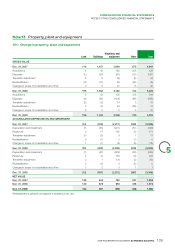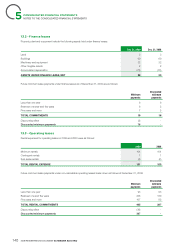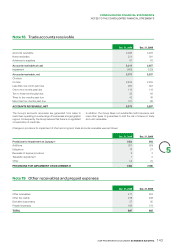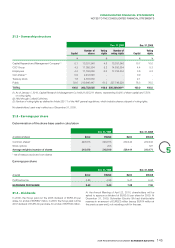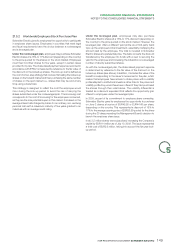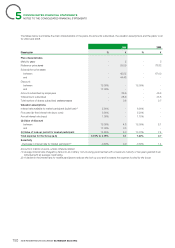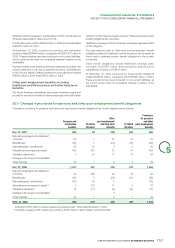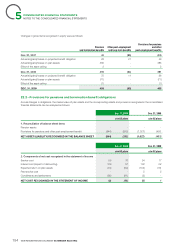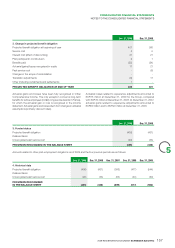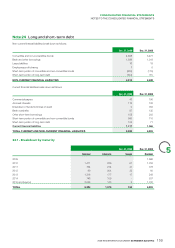APC 2009 Annual Report Download - page 151
Download and view the complete annual report
Please find page 151 of the 2009 APC annual report below. You can navigate through the pages in the report by either clicking on the pages listed below, or by using the keyword search tool below to find specific information within the annual report.
2009 REGISTRATION DOCUMENT SCHNEIDER ELECTRIC 149
CONSOLIDATED FINANCIAL STATEMENTS
5
NOTES TO THE CONSOLIDATED FINANCIAL STATEMENTS
21.5.2 Worldwide Employee Stock Purchase Plan
Schneider Electric gives its employees the opportunity to participate
in employee share issues. Employees in countries that meet legal
and fi scal requirements have the choice between a nonleveraged
and a leveraged plan.
Under the nonleveraged plan, employees may purchase Schneider
Electric shares at a 15% to 17% discount (depending on the country)
to the price quoted for the shares on the stock market. Employees
must then hold their shares for fi ve years, except in certain cases
provided for by law. The share-based payment expense recorded in
accordance with IFRS2 is measured by reference to the fair value of
the discount on the locked-up shares. The lock-up cost is defi ned as
the cost of a two-step strategy that involves fi rst selling the locked-up
shares on the forward market and then purchasing the same number
of shares on the spot market (i.e., shares that may be sold at any
time) using a bullet loan.
This strategy is designed to refl ect the cost the employee would
incur during the lock-up period to avoid the risk of carrying the
shares subscribed under the nonleveraged plan. The borrowing cost
corresponds to the cost of borrowing for the employees concerned,
as they are the sole potential buyers in this market. It is based on the
average interest rate charged by banks for an ordinary, non-revolving
personal loan with a maximum maturity of fi ve years granted to an
individual with an average credit rating.
Under the leveraged plan, employees may also purchase
Schneider Electric shares at a 15% to 17% discount (depending on
the country) to the price quoted on the stock market. However, the
leveraged plan offers a different yield profi le as a third-party bank
tops up the employee’s initial investment, essentially multiplying the
amount paid by the employee. The total is invested in Schneider
Electric shares at a preferential price. The bank converts the discount
transferred by the employee into funds with a view to securing the
yield for the employee and increasing the indexation on a leveraged
number of directly subscribed shares.
As with the nonleveraged plan, the share-based payment expense
is determined by reference to the fair value of the discount on the
locked-up shares (see above). In addition, it includes the value of the
benefi t corresponding to the issuer’s involvement in the plan, which
means that employees have access to share prices with a volatility
profi le adapted to institutional investors rather than to the prices and
volatility profi le they would have been offered if they had purchased
the shares through their retail banks. The volatility differential is
treated as a discount equivalent that refl ects the opportunity gain
offered to employees under the leveraged plan.
In 2009, as part of its commitment to employee share ownership,
Schneider Electric gave its employees the opportunity to purchase
on June 2
shares at a price of EUR 45.55 or EUR 44.48 per share,
depending on the country. This represented a discount of 15% to
17% to the average opening price of EUR 53.59 quoted for the share
during the 20 days preceding the Management Board’s decision to
launch the employee share issue.
In all, 2.5million shares were subscribed, increasing the Company’s
capital by EUR 114million as of July 10, 2009. The issue represented
a total cost of EUR 2.6million, taking into account the fi ve year lock-
up period.


